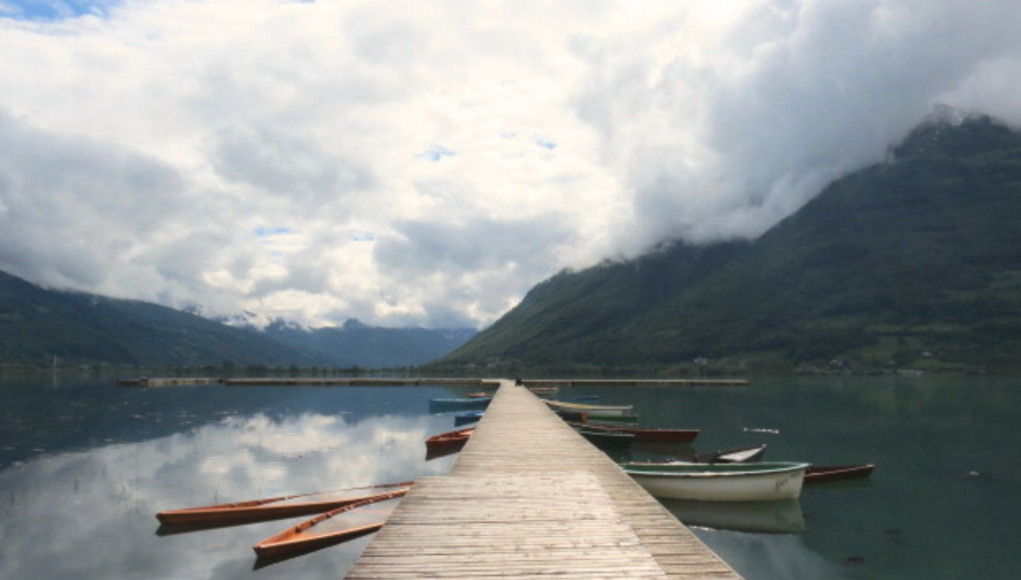PLAV – Montenegro’s largest glacial lake, Lake Plav, is on the brink of disappearing, and state authorities have yet to take significant action. Despite a comprehensive study outlining the necessary steps for the lake’s protection and revitalization, and an allocation of about €250,000 for this purpose, the required works, estimated at €16 million, have not commenced. The Municipality of Plav, lacking the funds and capacity to address this issue independently, is calling on state institutions for urgent assistance.
Lake Plav, widely considered one of Montenegro’s most stunning natural beauties, is a significant tourist attraction in Montenegro, drawing thousands of visitors per year. It is situated at an altitude of about 1000 meters, covering an area of approximately two square kilometers. Historically, the lake spanned about 5.4 square kilometers in 1913, but human activities and other factors have significantly reduced its size. The lake’s shrinking not only poses an environmental concern but also threatens the local tourism industry, a crucial economic sector for the region.
Experts have been highlighting the lake’s perilous condition for years, pointing to various factors contributing to its reduction, including embankments from nearby rivers, unresolved sewage issues in surrounding settlements, and human activities. Despite these warnings and a recently held International Scientific Conference in Plav focusing on this issue, the delay in protective and revitalization efforts continues.
In a statement to Montenegrin daily Dan, the President of the Municipality of Plav, Nihad Canović, emphasized that the lake’s preservation is not just a local issue but a national concern, necessitating state intervention. The study on Lake Plav’s protection and revitalization proposes specific measures to halt and reverse the lake’s shrinking. These include installing barriers on rivers to prevent silt from flowing into the lake and removing the existing silt accumulated on the lake’s bottom. This silt could potentially be repurposed for construction and agricultural land development. Despite these outlined solutions, the delay in action continues, exacerbating the lake’s condition and the region’s economic and environmental status.
Source/s: Dan
Image source: Bdx / Wikimedia
The Southeast European Observer participates in the Amazon Services LLC Associates Program. While we strive to provide our readers with unbiased and reliable information, please be aware that any purchases made through Amazon affiliate links on our site generate a small commission for us at no extra cost to you. This helps support our platform and allows us to continue delivering quality content to our readers.
We ensure that the presence of Amazon affiliate ads does not influence our editorial content, and no affiliate links are included within the text of our articles.










